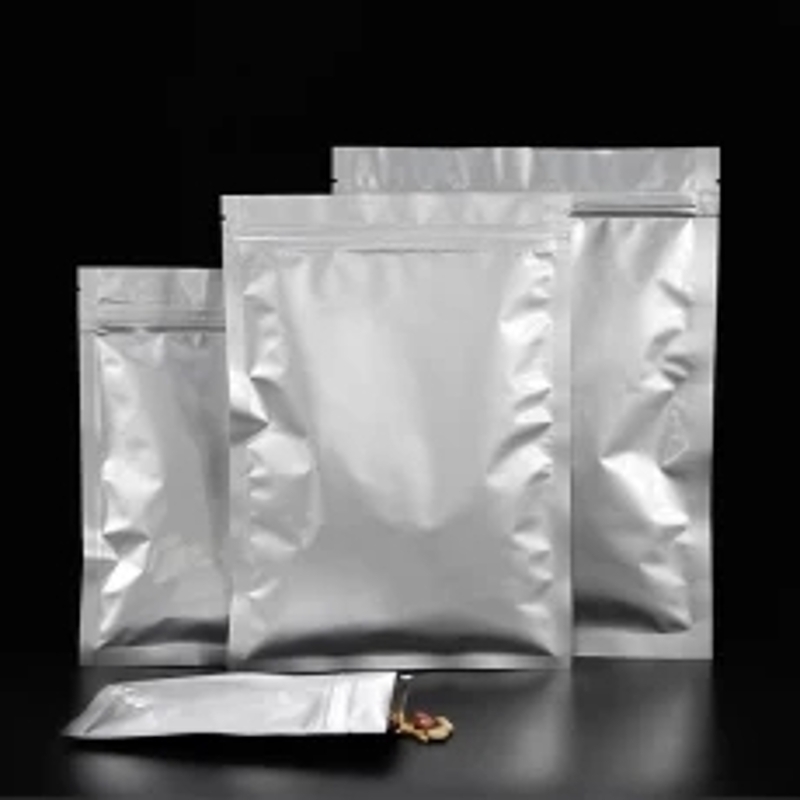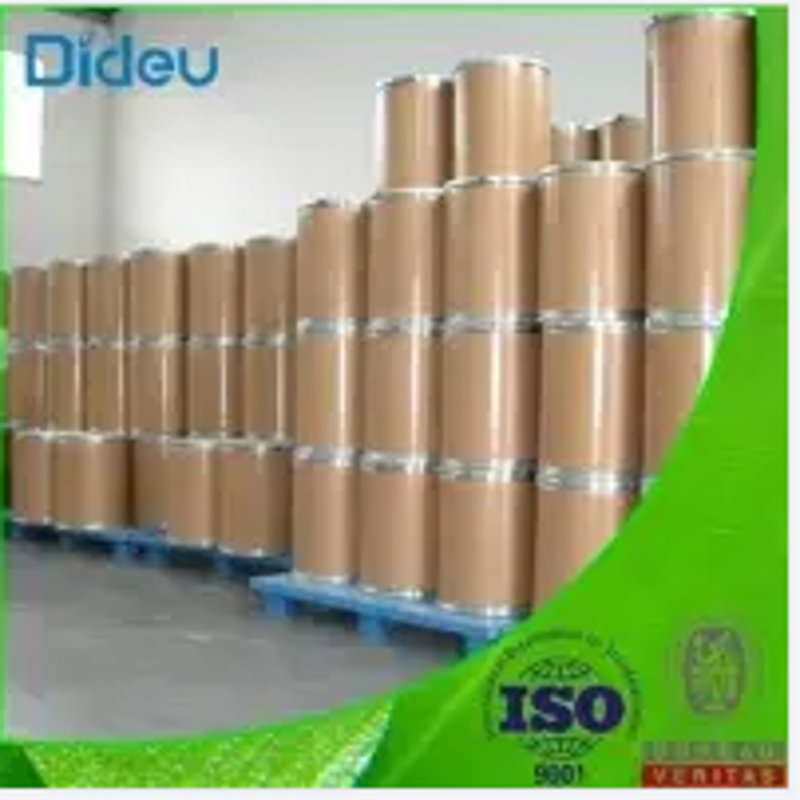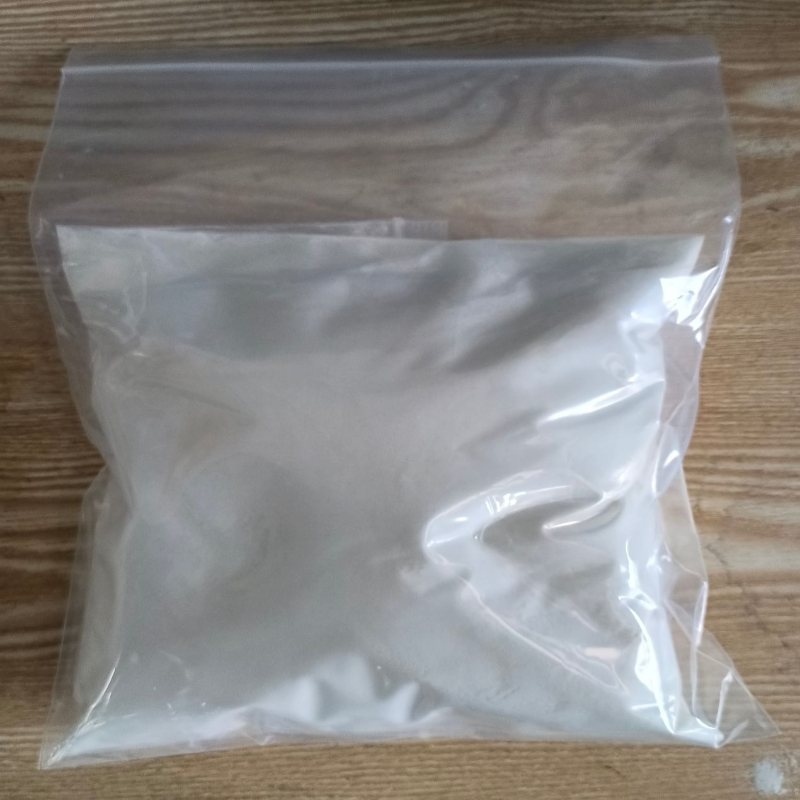-
Categories
-
Pharmaceutical Intermediates
-
Active Pharmaceutical Ingredients
-
Food Additives
- Industrial Coatings
- Agrochemicals
- Dyes and Pigments
- Surfactant
- Flavors and Fragrances
- Chemical Reagents
- Catalyst and Auxiliary
- Natural Products
- Inorganic Chemistry
-
Organic Chemistry
-
Biochemical Engineering
- Analytical Chemistry
-
Cosmetic Ingredient
- Water Treatment Chemical
-
Pharmaceutical Intermediates
Promotion
ECHEMI Mall
Wholesale
Weekly Price
Exhibition
News
-
Trade Service
Quaternary ammonium compounds (Quats) are a class of chemical compounds that are widely used in various industrial applications, including the production of personal care products, household cleaning agents, and agricultural chemicals.
One specific type of Quat that has gained popularity in recent years is the bis(hydrogenated tallow alkyl)dimethylammonium salt, which is often prepared using synthetic routes in the chemical industry.
One of the most common methods for synthesizing bis(hydrogenated tallow alkyl)dimethylammonium salts involves reacting dimethyldialkylammonium chloride with an equivalent amount of sodium hydroxide, followed by addition of a bentonite clay suspension.
The reaction is typically carried out in a water-based solvent, such as deionized water, and is exothermic, requiring careful temperature control to avoid unwanted side reactions.
The dimethyldialkylammonium chloride used in the synthesis of bis(hydrogenated tallow alkyl)dimethylammonium salts is typically prepared by a two-step reaction sequence.
In the first step, dimethylamine is reacted with a fatty acid in the presence of an anhydrous base, such as sodium hydroxide, to produce dimethyldialkylammonium chloride.
The reaction is typically carried out in a solvent, such as ether or hexane, under anhydrous conditions to prevent the formation of unwanted byproducts.
In the second step of the synthesis, the dimethyldialkylammonium chloride is treated with an equivalent amount of sodium hydroxide in water to produce the bis(hydrogenated tallow alkyl)dimethylammonium salt.
The addition of the bentonite clay suspension is typically carried out at this stage, with the mixture being stirred until a homogeneous solution is obtained.
The resulting bis(hydrogenated tallow alkyl)dimethylammonium salt is typically extracted from the aqueous mixture using a solvent, such as ethyl acetate or benzene, to remove any remaining impurities.
The salt is then dried and purified by recrystallization or other methods to yield a pure sample for further use.
One of the key advantages of the synthetic route described above is its ability to produce bis(hydrogenated tallow alkyl)dimethylammonium salts with high purity and consistent quality.
The use of anhydrous solvents and careful temperature control during the reaction help to minimize the formation of unwanted byproducts and side reactions, ensuring a high level of purity in the final product.
Another advantage of this synthetic route is its scalability, making it suitable for large-scale production in the chemical industry.
The use of water-based solvents and standard laboratory equipment makes it straightforward to scale up the reaction, while the ability to extract the salt from the aqueous mixture allows for easy recovery of the product.
In addition to their use as Quats in various industrial applications, bis(hydrogenated tallow alkyl)dimethylammonium salts have also been studied for their potential as cationic surfactants in personal care products.
Their ability to improve the overall performance of personal care formulations, such as shampoos and shower gels, has been the subject of much research in recent years.
However, it is important to note that the use of quaternary ammonium compounds in personal care products can raise concerns regarding their potential toxicity and environmental impact.
As such, efforts are being made to develop more sustainable and environmentally friendly methods for their production and use.
Overall, the synthetic routes for bis(hydrogenated tallow alkyl)dimethylammonium salts provide a versatile and efficient method for producing high-quality Quats for use in a wide range of industrial applications.
As the







